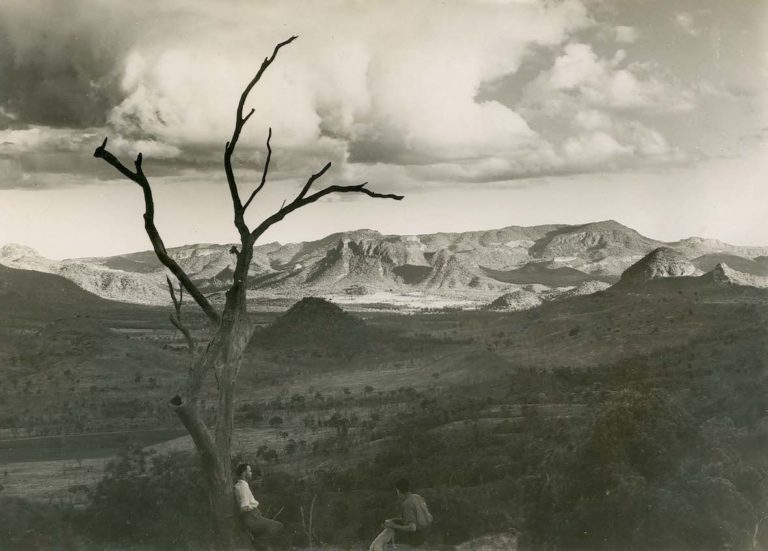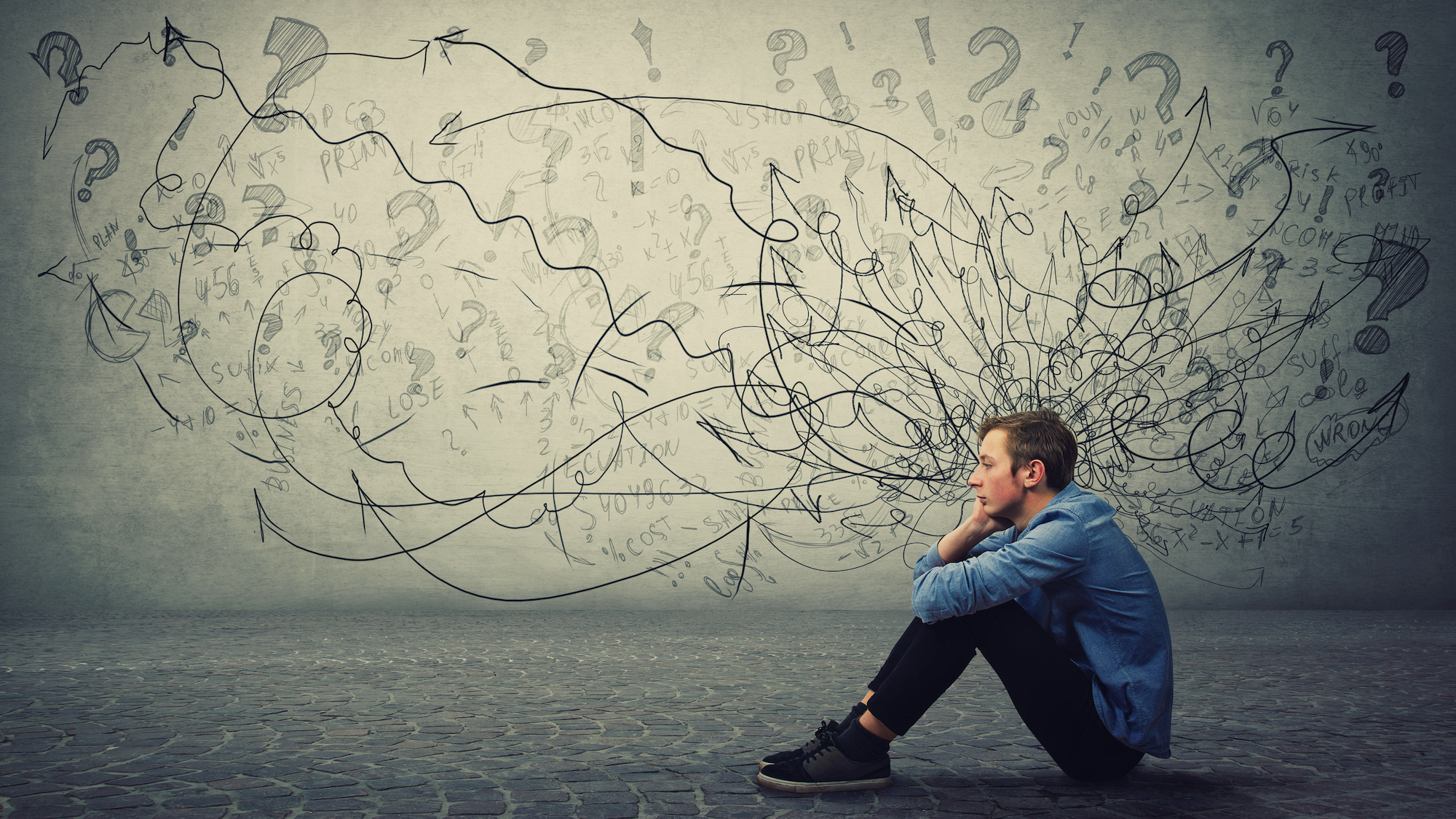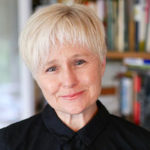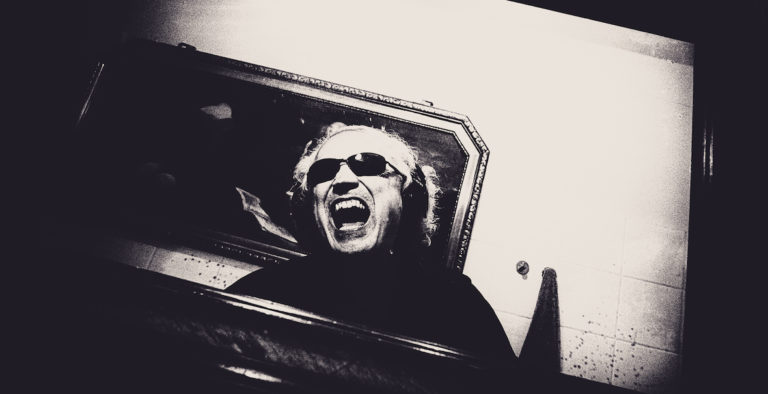
Leaving Coonabarabran
Susan Harris Rimmer on her home town Coonabarabran, she asks “will we look back on those families who gave up on Coona as part of the first waves of forced relocation that will happen due to climate change in Australia? Do people realise climate mobility issues are already happening?




